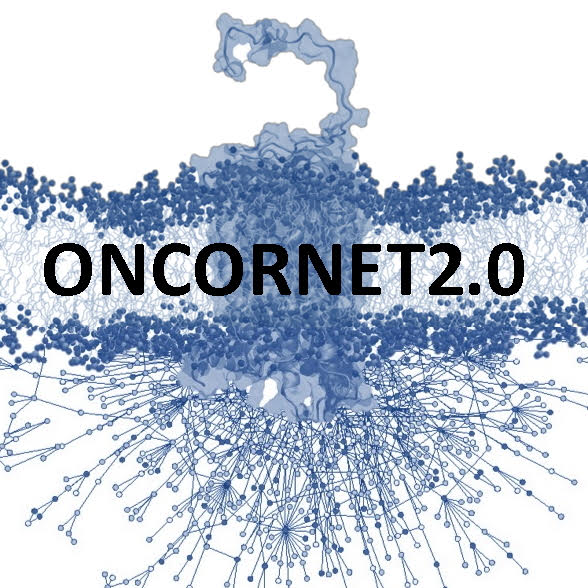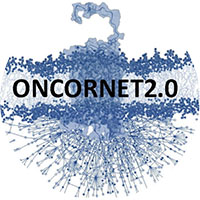In situ analysis of CXCR4 and CXCR7 ligand-binding and spatio-temporal localization using imaging tools on ex vivo samples
Early stage researcher 15 (ESR15) project – Sabastian Dekkers
Supervision: Dr M Stocks, Prof S J Hill, Dr S J Briddon, Prof B Kellam
Host: UNOTT (UK) – University of Nottingham, Schools of Pharmacy and Life Sciences
I- Project proposal:
Aim:
1. Development, optimization and characterization of fluorescent ligands for CXCR4 and CXCR7 for use in fluorescence-activated cell sorting (FACS) analysis and high content confocal microscopy.
2. Evaluation of spatio-temporal CXCR4 and CXCR7 localization and trafficking in ex vivo (patient) samples using high content confocal imaging.
3. CXCR4 and/or CXCR7-selective profiling of patient blood samples and relationship to functional activity in isolated cells.
Methodology:
Standard medicinal chemistry approaches will be used to generate fluorescent ligands for the CXCR4 and CXCR7 receptors. Fluorescent ligand binding will be monitored using confocal microscopy, automated confocal imaging plate readers, FACS and also BRET and TR-FRET methodologies using standard plate readers (with SNAP and Nanoluc tagged receptors). Planned secondments: Vivia Biosystems (ES), Actelion (CH).
II- Requirement candidate:
Required diploma: MSc degree in medicinal chemistry or related discipline Required expertise: medicinal chemistry, cell culture, cell-based assays.
Recommended expertise: GPCR molecular pharmacology, imaging, FRET/BRET based signalling, ligand binding studies.
Key publications:
1. Longden J, Cooke EL, Hill SJ. (2008) Effect of CCR5-receptor antagonists on endocytosis of the human CCR5 receptor in CHO-K1 cells. Br J Pharmacol. 153: 1513-1527.
2. Stoddart LA, Vernall AJ, Denman JL, Briddon SJ, Kellam B. Hill SJ. (2012). Fragment screening at adenosine A3-receptors in living cells using a fluorescence-based binding assay. Chem Biol. 19: 1105-1115.
3. Corriden R, Kilpatrick LE, Kellam B, Briddon SJ and Hill SJ (2014) Kinetic analysis of antagonist-occupied adenosine A3-receptors within membrane microdomains of individual cells provides evidence of receptor dimerization and allosterism. FASEB J 28: 4211-22.
4. Corriden R, Self T, Akong-Moore K, Nizet V, Kellam B, Briddon SJ, Hill SJ (2013) Adenosine A3 receptors in neutrophil microdomains promote the formation of bacteria-tethering cytonemes. EMBO Rep. 14: 726-732.
Follow us on
Contact details
Please contact us at:
e.v.langemeijer@vu.nl
ONCORNET Coordinator
Vrije Universiteit Amsterdam




